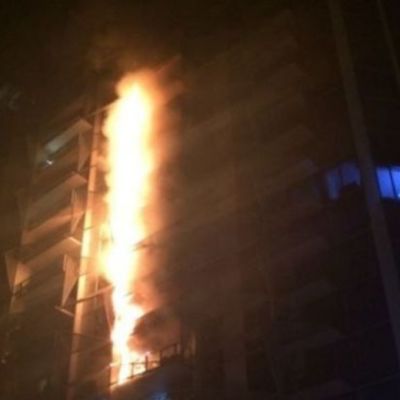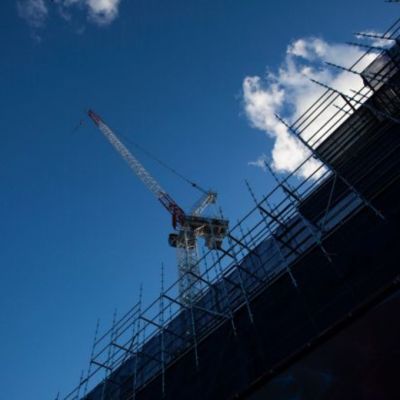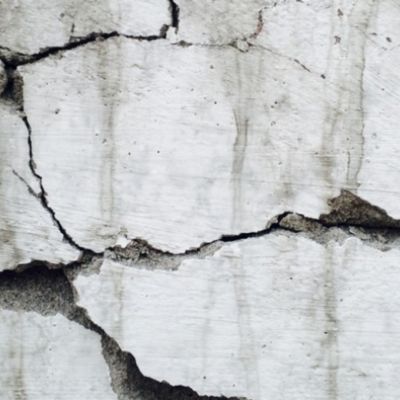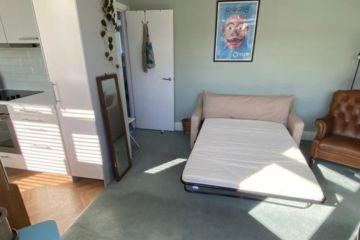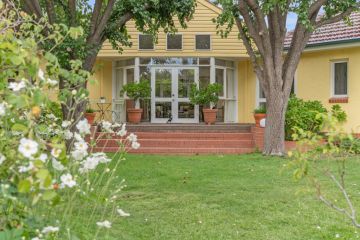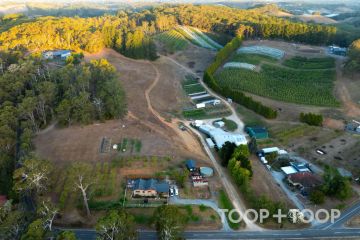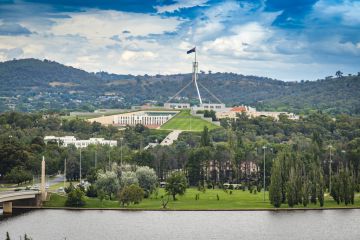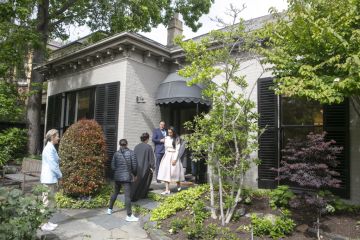London tower block tragedy 'could happen here in the blink of an eye'
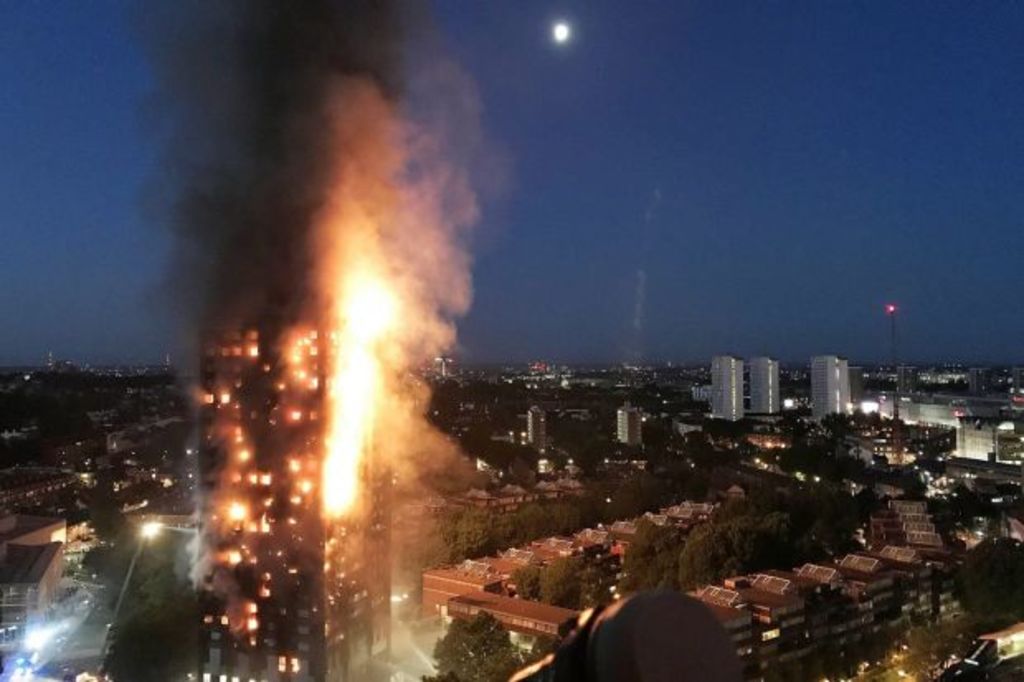
The London tower block inferno is a tragedy that could happen anywhere in Australia at any time, veteran Australian building consultant Robert Hart has warned.
He says early indications are that defective composite cladding, routinely used on apartment buildings throughout Australia, was a major factor in the fire which tore through the 24-storey building.
“As soon as I saw the reports from London, I thought, that’s exactly the same thing that could happen here,” he says. “That building was only reclad a short time ago and, as far as I’m concerned, all composite cladding is defective.
“It’s favoured by developers as cheap and light and easy to use, but it has an aluminium face with combustible material behind it. The aluminium heats up and the combustible material then lights up, and you’re gone. That’s exactly what happened before in Melbourne.”
A fire that started in the Lacrosse apartments in Docklands in November 2014, sparked by a cigarette butt, which quickly spread from the sixth floor to the top 21st level, was blamed on substandard cladding. While there was luckily no loss of life, it caused an estimated $5 million damage.
A Victorian Building Authority audit found last year that half of Melbourne’s newest high-rise apartments contained non-compliant cladding. Mr Hart says at least the same proportion, possibly more, are at risk in Sydney. While the Victorian government has been investigating the number of buildings there with the non-compliant cladding and taking action, in NSW there’s been no action at all, according to strata lawyer David Bannerman.
“Nothing at all has been happening in NSW yet you can just drive anywhere in Sydney and see this cladding on buildings,” he says. “The government here seems to be pretending that no such materials, or problems, exist. But they clearly do, and it’s just that the authorities are putting their heads in the sand.”
In Brisbane earlier this year, a brand new 23-storey student accommodation building was deemed unihabitable, due to the fire risk associated with a non-compliant aluminium cladding it used.
Immediately after the London fire, Senator Nick Xenophon called for an audit of all buildings suspected of containing non-compliant materials, saying the tragedy was a critical wake-up call for Australians. He’s part of the Senate inquiry launched after the Melbourne fire that’s due to report on defective building materials by the end of this October.
Five years ago in Sydney’s Bankstown, a student died during a massive apartment fire. “That fire spread partly because of modern building materials which were clearly not fire compliant,” says special counsel Suzie Broome of lawyers Sachs Gerace Broome, who has previously warned that she’s been alarmed by some of the shortcuts being taken in buildings hastily erected to appeal to investors.
She alleges that, as well as defective cladding, some buildings haven’t had fire dampers installed in the ceilings or fire stops fitted between walls to help try to halt the spread of fire in an emergency. “Residents sitting in these buildings don’t often know who the builder was, who the engineer was, and whether or not their cladding is defective,” she says.
“An audit of all the buildings that are vulnerable will be a huge job but in NSW we need to start with the annual fire safety statements and make sure they are a lot more robust and that fire compliant features in buildings are properly inspected and reported on.”
Mr Hart, who was part of Engineers Australia’s specialist committee that claimed in its Defect-Free Construction in NSW; How it can be achieved report that 85 per cent of strata units are defective at completion, says its a serious, widespread issue.
“It’s in dozens and dozens and dozens of buildings right across Australia,” he says. “The same thing that happened in London could happen here in the blink of an eye. This composite cladding is the preferred material of developers and has been used extensively over the past 10 years, and the last five years in particular. It’s so easy and looks pretty … until it goes up in flames.
“And it isn’t just residential buildings either; it’s also prevalent in commercial buildings. There’s nothing that can be done afterwards to make it safer, although we have to make sure fire systems are maintained. The horse has already bolted. You just have to pray.”
Hart says it’s imperative that the government bans the import of the materials, much of which come from China and Germany. Together with an industry group of construction engineers, certifiers, insurance experts, he says they were supposed to have a meeting with Innovation and Better Regulation minister Matt Kean this week, but the meeting was postponed to August after a diary mix-up in the minister’s office.
Mr Bannerman says he’s heard speculation that the worry is that local councils, who provided certification for buildings, fear they could be liable for fixing the problems of the defect materials if the builders or developers are unable to meet their obligations.
Engineer Tony Dockrill, principal of Izzat Consulting Engineers, says another huge problem is developers being allowed to sign off on their own buildings’ fire compliance. “They’re signing off on materials that are not compliant, and the Melbourne fire raised awareness of this in Australia,” he says.
Fires can obviously be triggered by one of any number of factors. Product Safety Australia has already warned that thousands of homeowners across Australia are at risk of house fires due to faulty Infinity electrical cables installed in their homes. The cables, put in NSW homes in 2010 could have already started cracking, while in the remaining states and territories, where they were installed from 2011, the cables could pose a danger from next year. The national recall began in August 2013.
Australian Competition and Consumer Commission deputy chair Delia Rickard earlier warned: “Your home might be a ticking time-bomb if you haven’t had Infinity cabling replaced. If you have had electrical cables installed in your home between 2010 and 2013, the ACCC is urging you to get your home inspected by a licensed electrician. Do not attempt to inspect the cabling yourself.”
States
Capital Cities
Capital Cities - Rentals
Popular Areas
Allhomes
More
